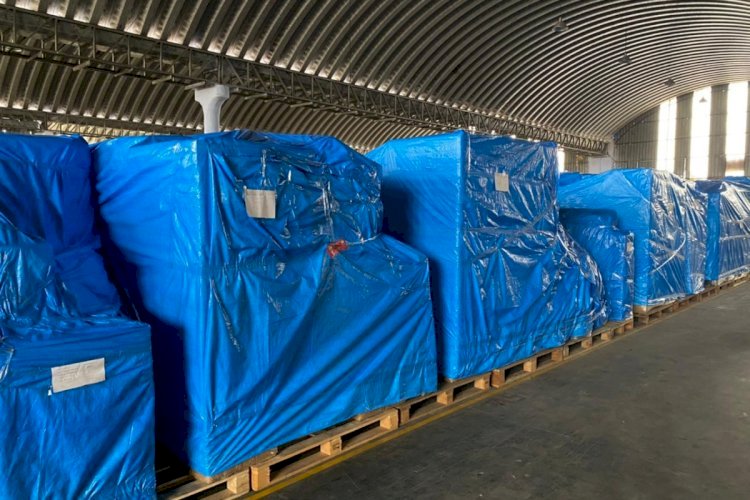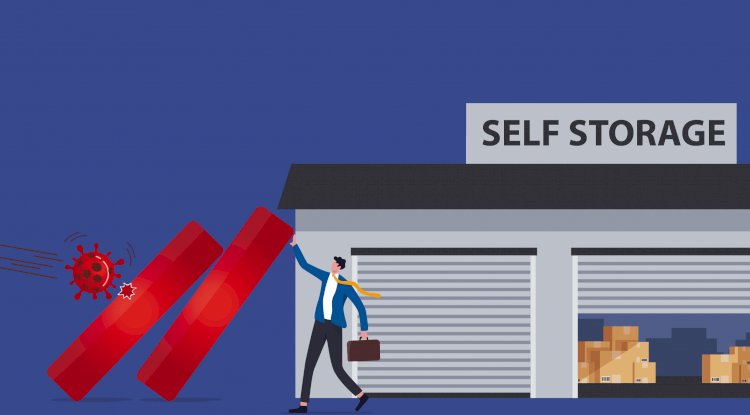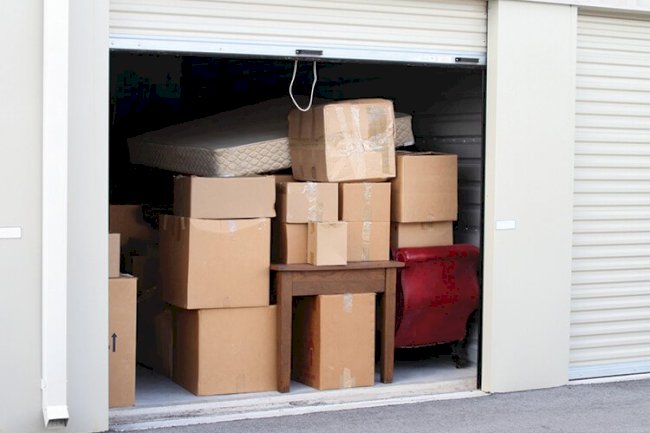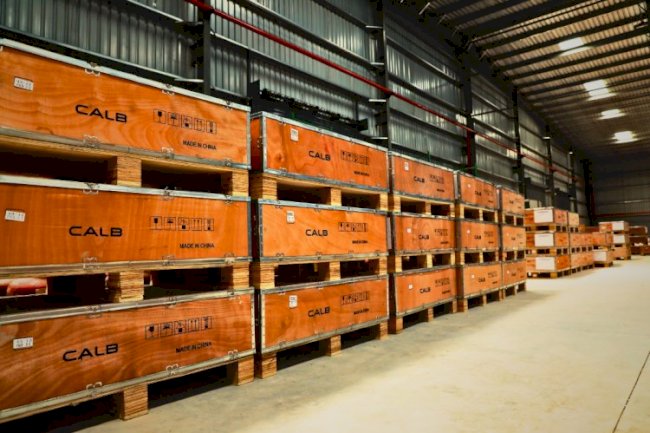Unveiling the Key Types of Warehousing in Logistics: Which One is Right for Your Business?
Are you searching for the perfect warehousing solution for your business? Look no further. In today's fast-paced world of logistics, choosing the right type of warehousing is crucial to ensure seamless operations, cost-effectiveness, and customer satisfaction. But with various types of warehousing options available, how do you know which one is the right fit for your business?

In this article, we will unveil the key types of warehousing in logistics and help you determine the best choice for your specific needs. From traditional and bonded warehouses to distribution centers and e-commerce fulfillment centers, we will explore each option comprehensively, shedding light on their unique pros and cons.
By understanding the different types of warehousing available, you will be empowered to make an informed decision that aligns with your business goals and strategies. So, whether you are a small e-commerce store or a large multinational corporation, join us as we dive deep into the world of warehousing in logistics and discover the perfect fit for your business.
Importance of Warehousing in Logistics:
Warehousing plays a crucial role in the smooth functioning of the logistics industry. It acts as a storage and distribution hub for goods, ensuring their safekeeping and timely delivery. Without effective warehousing, businesses would struggle to meet customer demands and maintain a competitive edge in the market.
One of the primary benefits of warehousing is inventory management. By storing goods in a warehouse, businesses can maintain optimal stock levels and avoid stock outs or excess inventory. This leads to improved supply chain efficiency and reduced costs. Warehousing also provides a buffer between production and consumption, allowing businesses to store goods during periods of high production and release them when demand arises.
Additionally, warehousing enables businesses to consolidate shipments and achieve economies of scale. By storing goods from multiple suppliers in a central location, businesses can reduce transportation costs and improve order fulfillment. Warehousing also provides a space for value-added services such as packaging, labeling, and quality control, further enhancing the overall efficiency of the supply chain.
In summary, warehousing plays a vital role in logistics by facilitating inventory management, enabling economies of scale, and providing value-added services. Now, let's explore the different types of warehousing available to businesses.
Types of Warehousing in Logistics:
1.Public Warehousing:
Public warehousing refers to the storage facilities provided by third-party logistics (3PL) companies. These warehouses are shared among multiple businesses, allowing them to store their goods without the need for individual warehouse ownership or management. Public warehouses are typically located in strategic locations, close to transportation hubs, to facilitate efficient distribution.
One of the main advantages of public warehousing is flexibility. Businesses can scale their storage space as per their needs, allowing them to adapt to fluctuating demand. Public warehouses also offer a range of value-added services, such as order processing, inventory management, and transportation coordination, relieving businesses of the burden of these tasks.
However, public warehousing does have some limitations. Since multiple businesses share the same facility, there may be limited control over storage conditions and security. Additionally, businesses may face competition for storage space during peak seasons, which can impact availability.
2.Private Warehousing:
Private warehousing, as the name suggests, involves businesses owning and operating their own storage facilities. Private warehouses are dedicated solely to a single business, providing complete control over storage conditions, security, and operations. These warehouses are often located near manufacturing facilities or distribution centers to facilitate seamless supply chain operations.
One of the primary advantages of private warehousing is control. Businesses have full authority over the storage and handling of their goods, allowing them to maintain strict quality standards and ensure timely deliveries. Private warehouses also offer greater flexibility in terms of customization, as businesses can design the facility according to their specific needs.
However, private warehousing comes with its own set of challenges. Owning and operating a warehouse requires significant capital investment and ongoing maintenance costs. Businesses also need to consider the risks associated with fluctuations in demand, as unused storage capacity can lead to inefficiencies and increased costs.
3.Bonded Warehousing:
Bonded warehousing refers to facilities authorized by the government to store imported goods without paying customs duties or taxes until they are released for sale or export. These warehouses are commonly used in international trade, allowing businesses to defer payment of customs duties until the goods are ready to enter the local market.
One of the key benefits of bonded warehousing is cost savings. By deferring customs duties, businesses can improve cash flow and reduce financial burdens. Bonded warehouses also provide a secure storage environment for imported goods, ensuring their safety and compliance with customs regulations.
However, bonded warehousing has certain limitations. Businesses need to comply with strict regulations governing the storage and release of goods. Delays in customs clearance can lead to additional costs and disruptions to supply chain operations. Bonded warehouses are also subject to government inspections and audits, requiring businesses to maintain accurate documentation and records.
4.Distribution Centers:
Distribution centers, also known as regional warehouses, are strategically located facilities designed to store and distribute goods to specific regions or markets. These warehouses act as central hubs for order fulfillment, allowing businesses to streamline their distribution operations and reduce transportation costs.
One of the main advantages of distribution centers is faster order processing. By consolidating inventory from multiple suppliers, businesses can fulfill customer orders more efficiently and reduce lead times. Distribution centers also enable businesses to implement just-in-time inventory management strategies, minimizing storage costs and improving overall supply chain responsiveness.
However, distribution centers require careful planning and coordination. Businesses need to analyze market demand patterns and strategically position their facilities to ensure optimal coverage. Distribution centers also require advanced technology and automation systems to handle large volumes of goods and facilitate seamless order processing.
5.Cross-docking Facilities:
Cross-docking facilities are specialized warehouses that facilitate rapid transfer of goods from incoming to outgoing transportation, with minimal or no storage time. These facilities are often used for high-volume, fast-moving goods, where time is of the essence.
One of the key benefits of cross-docking is reduced inventory holding costs. By eliminating the need for long-term storage, businesses can minimize carrying costs and improve cash flow. Cross-docking also enables faster order fulfillment, as goods can be sorted and dispatched immediately upon arrival.
However, cross-docking requires careful coordination and synchronization of inbound and outbound transportation. Businesses need to have efficient logistics systems in place to ensure smooth transfer of goods and avoid delays. Cross-docking may not be suitable for all types of products, particularly those with longer shelf life or specific storage requirements.
Factors to Consider when Choosing a Warehouse Type:
When selecting the right type of warehousing for your business, several factors need to be considered to ensure the best fit. Here are some key factors to keep in mind:
1. Nature of your products: Consider the specific storage requirements of your products, such as temperature control, hazardous materials handling, or special handling needs. Choose a warehouse type that can accommodate these requirements effectively.
2. Business size and scalability: Assess the current size of your business and its potential for growth. Determine whether a shared facility or dedicated warehouse would be more suitable, considering your storage needs and scalability requirements.
3. Location: Evaluate the proximity of warehouses to your suppliers, customers, and transportation hubs. Choose a location that minimizes transportation costs, reduces lead times, and enhances overall supply chain efficiency.
4. Value-added services: Determine whether you require additional services such as packaging, labeling, or customization. Consider warehouses that offer these value-added services to streamline your operations and enhance customer satisfaction.
5. Costs: Analyze the financial implications of different warehouse types, including rental or ownership costs, labor expenses, transportation costs, and any additional fees or charges. Compare the costs against the benefits to make an informed decision.
By carefully assessing these factors and understanding the unique advantages and limitations of each warehouse type, you can choose the right solution that aligns with your business goals and strategies
Conclusion, Choosing the right type of warehousing in logistics is a critical decision that can significantly impact the efficiency and profitability of your business. By considering factors such as storage requirements, business size, location, value-added services, and costs, you can make an informed choice that meets your specific needs.
Whether you opt for public warehousing, private warehousing, bonded warehousing, distribution centers, or cross-docking facilities, each option offers distinct benefits and considerations. Assess your requirements, consult with logistics experts if needed, and select the type of warehousing that best aligns with your business goals.
Remember, the right warehousing solution can enhance your supply chain capabilities, improve customer satisfaction, and drive overall business success. So, take the time to explore the various types of warehousing available and make a decision that sets your business on the path to logistics excellence.
What's Your Reaction?

























